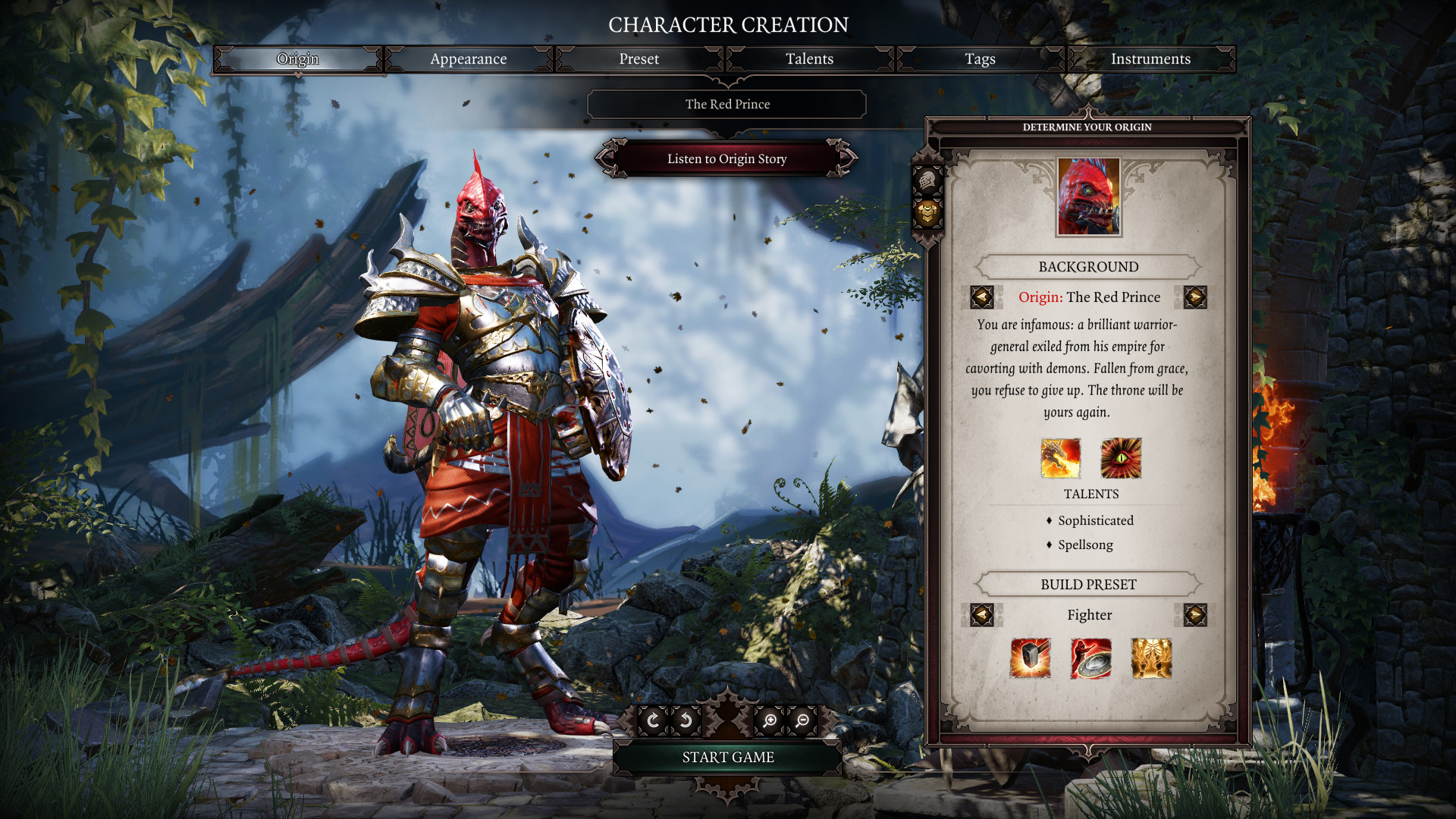
That’s because single-tapping the screen is both ‘move to this location’ and highlight an object, while double-tapping interacts with an object – meaning you might tap to check something out and accidentally start running over, blundering into enemy sightlines or triggering traps or even simply running into pools of fire or acid or any of the various character-harming liquids the game loves to spill in the player’s way. The game does support keyboard and mouse controls via Bluetooth, which we didn’t test.) (A quick note: I played using a Magic Keyboard, more for its use as a sturdy base-and-stand combo than for its keys, as there’s no keyboard or touchpad functionality in the iPad Pro version aside from typing in local/party chat. It’s paltry, and more a testament to the fidelity of the mobile version than any complaint. You’d have to really stare side-by-side at footage of the original game at max settings (like in this video here) to notice very slight differences – some slightly less dynamic lighting, some slightly lower-res textures in the environment, some toned-down environmental effects (like lower-framerate fires), and in my case, the 30fps cap. Graphically, the game looks beautiful, taking full advantage of the iPad Pro 12.9’s 2732x2048 pixel resolution – which about matches the 1440p max resolution of the PC game. Given the smaller screen than your average computer or console monitor, the skill bar takes up the entire bottom width. The gameplay screen is preserved from the other versions, with a skill bar at the bottom, minimap in the top right corner, and your current character in the top left corner, with portraits cascading down for the rest of your party. So how is it to play the desktop RPG on a tablet? And compared to iPad ports of games like Baldur’s Gate and Baldur’s Gate 2, Divinity: Original Sin 2 is a thoroughly modern experience. But for the novelty of taking Divinity: Original Sin 2 on the go, players who already have the pricey and powerful tablets now have a new 100-plus hour RPG to take with them.


And like other graphically-intensive mobile games, this one drains battery, sucking just under 25% in an hour of play during our time with it. Unfortunately, the game’s graphical and performance demands mean the 2017 iPad Pro and older models can’t run the game, though it will work on the souped-up iPad Air 2020. There’s also cross-save progression, but only between the tablet and Mac versions of the game. Or they can join their friends with cross-play between PC/Mac or other iPad Pro players (sorry, no console for now). Thanks to all that power, the game can effortlessly transition to and from split-screen when multiple players party up for the easy drop-in/drop-out couch (or car/bus/train/plane) co-op the original game is known for.


 0 kommentar(er)
0 kommentar(er)
